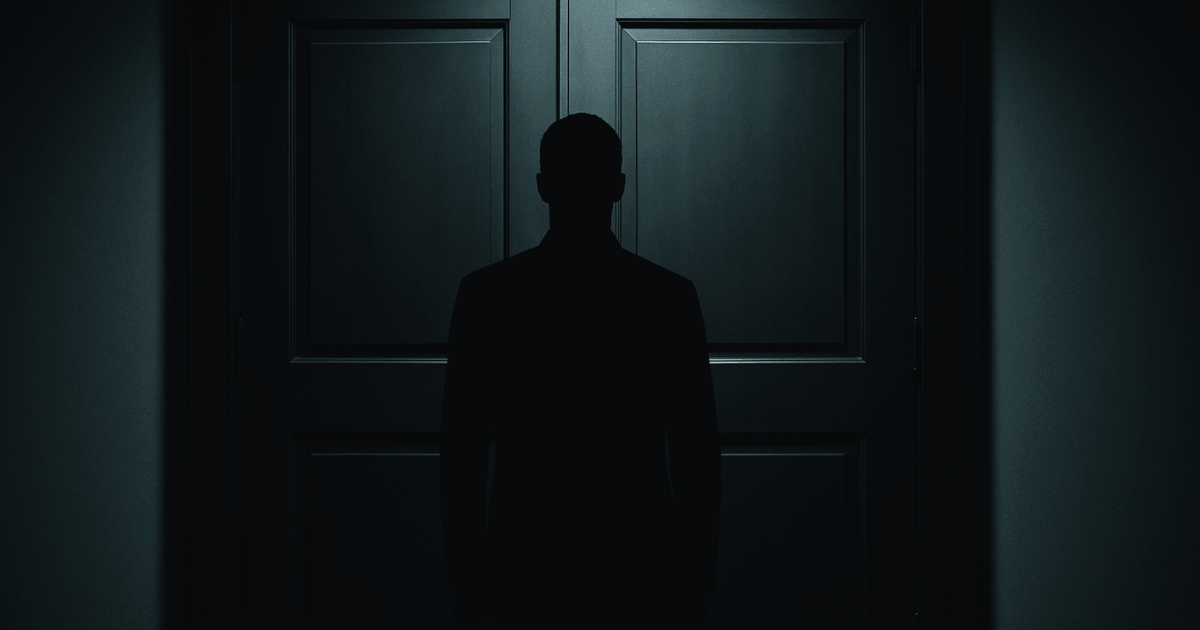Welcome to your regular staging advice column designed exclusively for real estate professionals. Whether you’re grappling with how to enhance the visual appeal of your listings or seeking innovative strategies to captivate your target audience, you’ve come to the right place. This is your opportunity to pose any and all staging-related questions and receive expert advice, for free.
No query is too big or small — if it’s about elevating the look of your real estate, we want to hear it and we want to help! Email your questions to ninadoiron@isodesign.ca
Selling a home is one of the most significant financial transactions many people will ever undertake. In today’s competitive real estate market, where buyers often make judgments within seconds of stepping through the door — or even before, based on online photos or video — having your client’s property stand out is crucial. This is where professional home staging comes into play.
A skilled home stager can turn a property into a buyer’s dream, often leading to faster sales and higher offers. But with so many stagers out there, how do you choose the right one for your needs? Here’s what you should look for in a professional home stager.
1. Experience and portfolio
One of the first things to consider when choosing a stager is their experience. How long have they been in the business? Do they have a track record of successfully staged homes that sold quickly and for a good price? Ask to see a portfolio of their work. A reputable stager will have before-and-after photos of previous projects, which can give you a sense of their style and ability to transform spaces.
For example, if you’re selling a modern condominium in the city, you’ll want to see how the stager has handled similar properties. Conversely, if you’re selling a large, traditional family home, the stager should have experience in making such spaces look inviting to a wide range of potential buyers.
The more varied their portfolio, the better equipped they’ll be to handle the unique challenges of your client’s property. Your stager should be a creative problem-solver, capable of transforming even the most challenging room layouts into functional, visually appealing spaces that attract potential buyers.
2. Training and accreditation
While staging is an art, it’s also a science that involves understanding buyer psychology, design principles and real estate market trends. A stager who has received formal training from a recognized organization, such as the Real Estate Staging Association (RESA), or has an accreditation like Accredited Staging Professional (ASP), has demonstrated a commitment to the craft. This background ensures that they’re equipped with the knowledge and techniques to effectively stage homes.
For instance, a well-trained stager will know how to highlight a home’s strengths while downplaying its weaknesses. They will use colour, lighting and furniture placement to create an atmosphere that appeals to the broadest range of potential buyers. Experienced stagers are constantly honing their craft, staying up-to-date with the latest design trends to ensure they deliver the modern, appealing aesthetics that today’s homebuyers crave.
3. Understanding of the local market
Every real estate market is different and what works in one area may not work in another. A good home stager should have a deep understanding of their local market and what buyers in that area are looking for. They should be familiar with the types of properties that are selling quickly and at top dollar and should know what appeals to buyers in your client’s specific neighbourhood. Since each local market has unique characteristics, stagers should maintain a diverse inventory that accentuates the distinct features of properties in those specific markets.
For example, if you’re selling a home in a family-oriented suburb, the stager should know how to create a warm, welcoming environment that appeals to young families. On the other hand, if the property is in a trendy urban area, the stager might focus on creating a chic, modern look that appeals to young professionals.
4. Customizable services
Every home is unique and so are the needs of every seller. A good home stager should offer a range of services that can be tailored to your client’s specific needs and budget. Whether you need a full staging service with furniture and decor brought in, or just a consultation to provide some DIY tips, the stager should be able to accommodate you.
For instance, if the home is already beautifully furnished, you might only need a staging consultation to help you declutter and rearrange existing furniture. On the other hand, if the home is vacant, you might need a full staging service where the stager brings in all of the necessary furniture and accessories to make the home look lived-in and inviting.
5. Attention to detail
Staging is all about the details. A good stager will pay attention to every aspect of the home, from the arrangement of furniture to the placement of accessories. They’ll think about how the home will look in photographs, how it will feel when buyers walk through the door and how to create a cohesive look throughout the entire property. An exceptional stager will go above and beyond to ensure every room is flawlessly presented and fully optimized to captivate potential buyers.
For example, a stager with a keen eye for detail will ensure that each room has a focal point, whether it’s a beautiful piece of artwork or a cozy seating area. They’ll also check that all of the little details, like flowers, crisp linens and strategically placed mirrors, are taken care of.
6. References and testimonials
Just like hiring any other professional, it’s essential to check the stager’s references and read testimonials from previous clients. A good stager will have a list of satisfied clients who are willing to share their experiences. Look for reviews that mention the stager’s ability to listen to the client’s needs, their professionalism and, most importantly, the results they achieved.
For example, if you read a testimonial that mentions how the stager helped sell a property within a week at above asking price, that’s a good sign they know what they’re doing.
7. Fully insured
Another crucial factor to consider when choosing a home stager is whether they have adequate insurance coverage. Professional liability insurance is essential as it protects both the stager and the homeowner in the event of any accidents, damages or unforeseen issues that might occur during the staging process.
For example, if a piece of rented furniture damages some flooring, or if a team member accidentally breaks a valuable item, insurance protects you and your client from footing the bill. Working with an insured stager provides peace of mind, knowing that the stager is prepared to handle any mishaps that may arise. This level of professionalism not only protects the investment but also underscores the stager’s commitment to running a reputable and responsible business. Always ask for proof of insurance before hiring a stager to ensure that you, your client’s property and the stager are all adequately protected.
8. Clear pricing structure
It’s important that the stager has a clear and transparent pricing structure. You should know exactly what services you’re paying for and how much they cost.
Some stagers charge a flat fee, while others charge by the hour or based on the size of the property. Make sure you understand what’s included in the price and if there are any additional costs for things like furniture rental and renewal fees.
9. A comprehensive contract
When hiring a home stager, one of the most important aspects to consider is whether they provide a comprehensive contract that clearly outlines the responsibilities and expectations of all parties involved, including the homeowner, realtor and staging team. A detailed contract should specify the scope of work, timelines, costs and payment schedules, as well as the roles and responsibilities of each party involved.
For example, the contract should state what the stager will provide in terms of furniture, accessories and design services and it should also clarify what the homeowner is responsible for, such as moving personal items or making certain repairs before staging begins.
Additionally, the contract should address important details such as what happens if the home doesn’t sell within the expected timeframe, how rental items are handled and any cancellation policies. This clarity helps prevent misunderstandings and ensures that all parties are on the same page throughout the staging process.
A well-drafted contract not only protects your interests but also demonstrates the stager’s professionalism and commitment to delivering quality service. Before signing, be sure to review the contract carefully, and don’t hesitate to ask questions if anything is unclear. This step is crucial in ensuring a smooth and successful staging experience.
Selecting the right home stager can make a significant difference in how quickly your client’s property sells and for how much. By looking for a stager with experience, training, a deep understanding of the local market and attention to detail, you’ll be setting yourself up for a successful sale. Don’t hesitate to ask for references, review their portfolio and ensure their services align with your needs and budget.
Got home staging questions for a future column? Submit them to ninadoiron@isodesign.ca

Award-winning Certified UltimateStager, redesigner and owner Nina Doiron is the principal at iSO Design. She provides an objective and experienced eye to attract more buyers and help sell for top dollar. She will also help you declutter and get organized. She says she will “inspire redesign ideas so that you’ll fall in love with your home again.” Call 416-993-0131.













